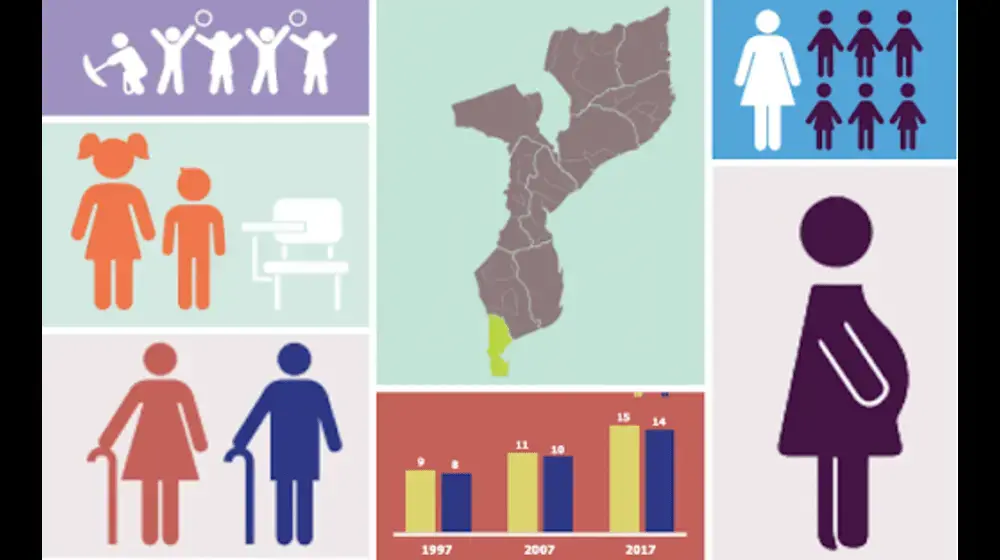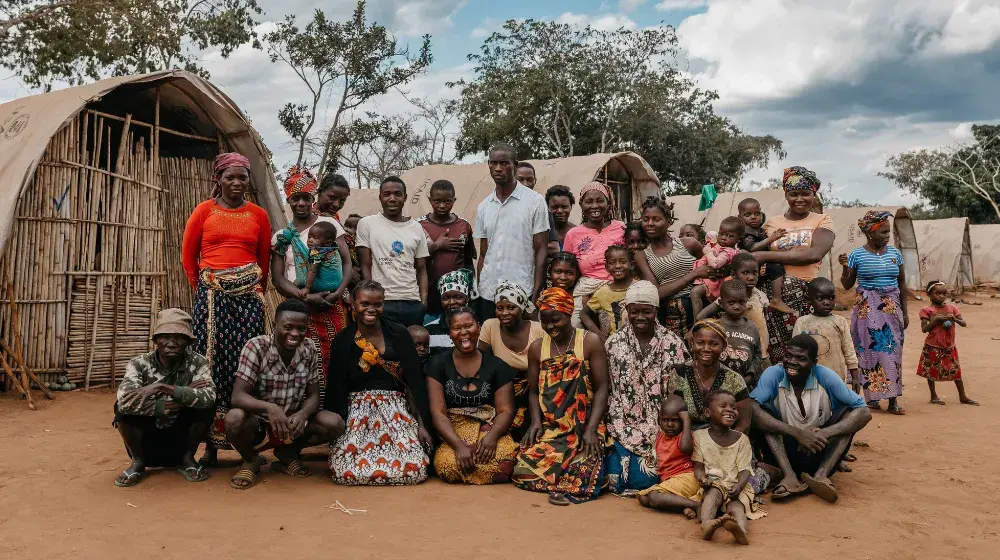On 13th of June, 2017, a contribution of UK £ 3 million from the United Kingdom of Great Britain and Northern Ireland to the Trust Fund to support the Populations and Housing Census 2017 in Mozambique was agreed by the Department for International Development (DFID) and the United Nations Population Fund (UNFPA). The Government of Norway has also contributed USD 4.1 million to the Trust Fund.
The 2017 Population and Housing Census represents the single largest source of population data collected in Mozambique providing the state, public bodies, and the private sector a full and detailed profile of the population and households down to the smallest geographical unit. It also provides the master sample frame for data collection during inter-census periods and will be central to setting and measuring targets developed as part of the Sustainable Development Goals. This project will contribute to the national census programme that has a total budget of USD 75 million and it responds to a specific gap in the national budget. Thus the project will focus on three outputs that support these wider outcomes. The Trust Fund will support the National Institute of Statistics (INE) to 1) strengthen human and institutional resources ensuring quality collection and data analysis 2) increase the capabilities of national agencies to plan, prepare and generate quality population census data; and 3) strengthen communication, confidence building and data culture promoting an inclusive census. This will lead to a better environment for evidence-based decision-making and data collection supporting the main agencies mandated to collect population data, improve human and material resources, analysis and dissemination of population data and widen the data and analysis available to policymakers.




